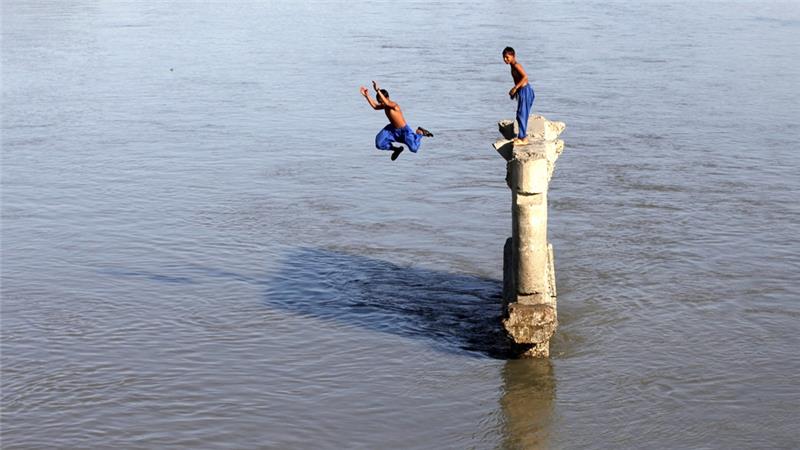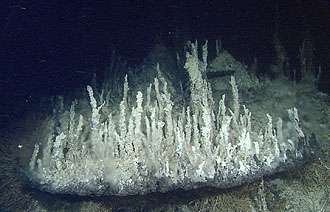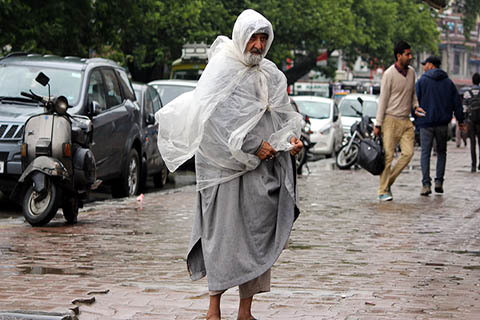
© ReutersDealing with a heatwave in Peshawar, Pakistan.
The highest daytime temperature in the world on Wednesday was recorded at Sweihan, Abu Dhabi, where the temperature climbed to 50.5C at 12pm local time.
The UAE has recently been enduring a heat wave, which started many thousands of kilometres away.
A week ago, while India was suffering an official heat wave, it was hotter still in the middle of Pakistan. In the Indus Valley, temperatures were daily at 48C and 49C.
Nawabshah, north of Hyderabad, registered at least 49C for four days in a row. May 24 saw the highest temperature of Pakistan's heat wave: 49.5C in Nawabshah.
This heat did not just go away, it has been blown gently south, through the Indus delta, over Gwadar, into the Arabian Sea. Indeed, as June came in, Gwadar's temperature shot up ten degrees to 48C for two days in a row.
This hot air, loaded with dust which is visible by satellite, has now reached Oman and the United Arab Emirates. Temperatures here have risen three to five degrees since the start of June.
On Wednesday, Khasab, Sunayah and Fahud, all in Oman, each measured 49C. This looks like a record-equalling high for Khasab, on the Musandam peninsula. This region is known as Oman's 'Norway of Arabia', with its fjord-like inlets and cliffs overlooking the Strait of Hormuz.
The UAE's heat wave also affected Ras al-Khaimah, recording two successive days at 47C, while Sharjah notched up 46C and the city of Dubai 45C.


Comment: Recent reports show the Pacific Ocean is suffering unprecedented mass die-off's turning it into a 'desert'. As well as increased emissions from ocean floor venting, as Earth 'opens up', other causes include:
- The great Pacific garbage patch: We are literally filling up the Pacific ocean with plastic
- Dead sea life covers 98% of Pacific Ocean floor after Fukushima
Increased undersea volcano activity also has an effect: